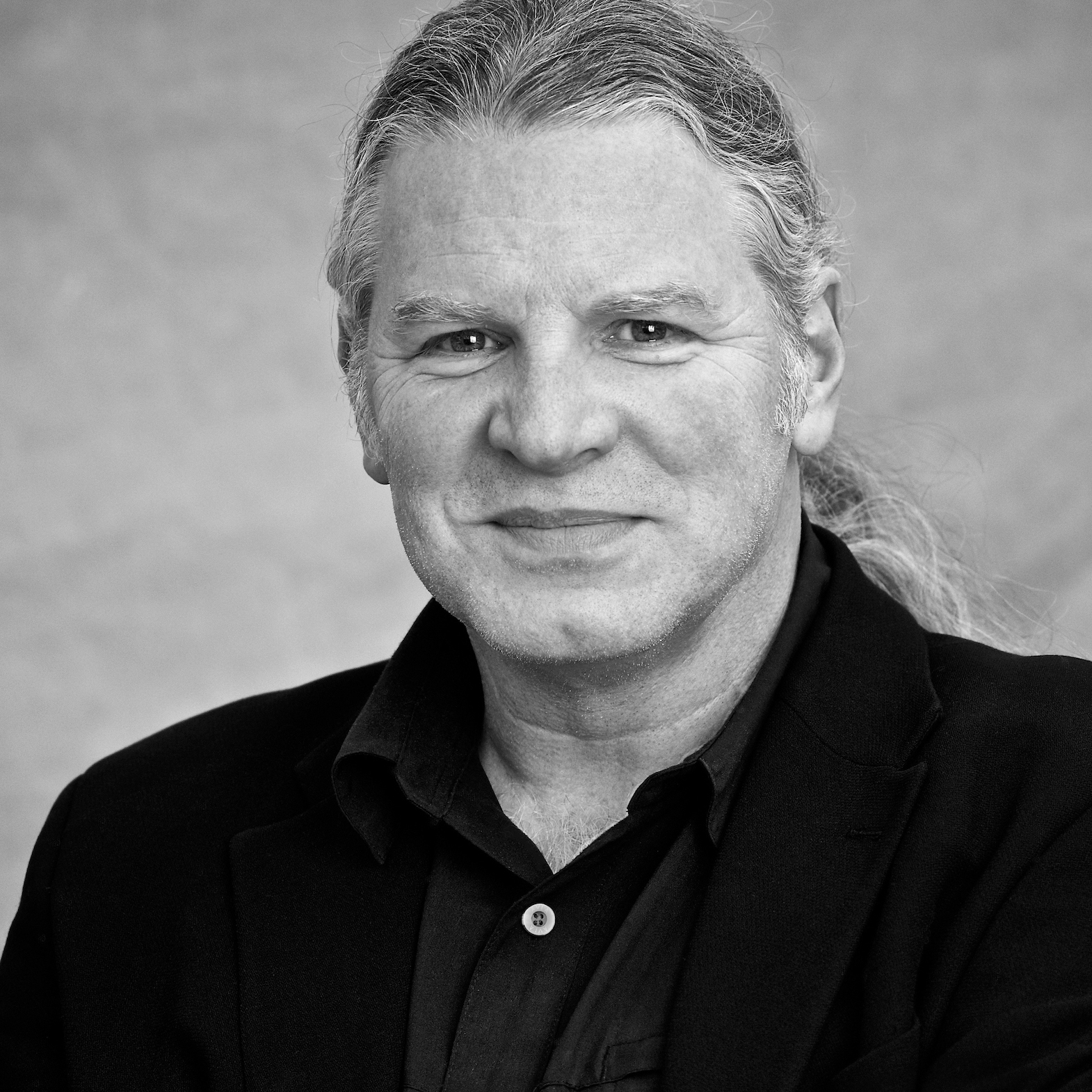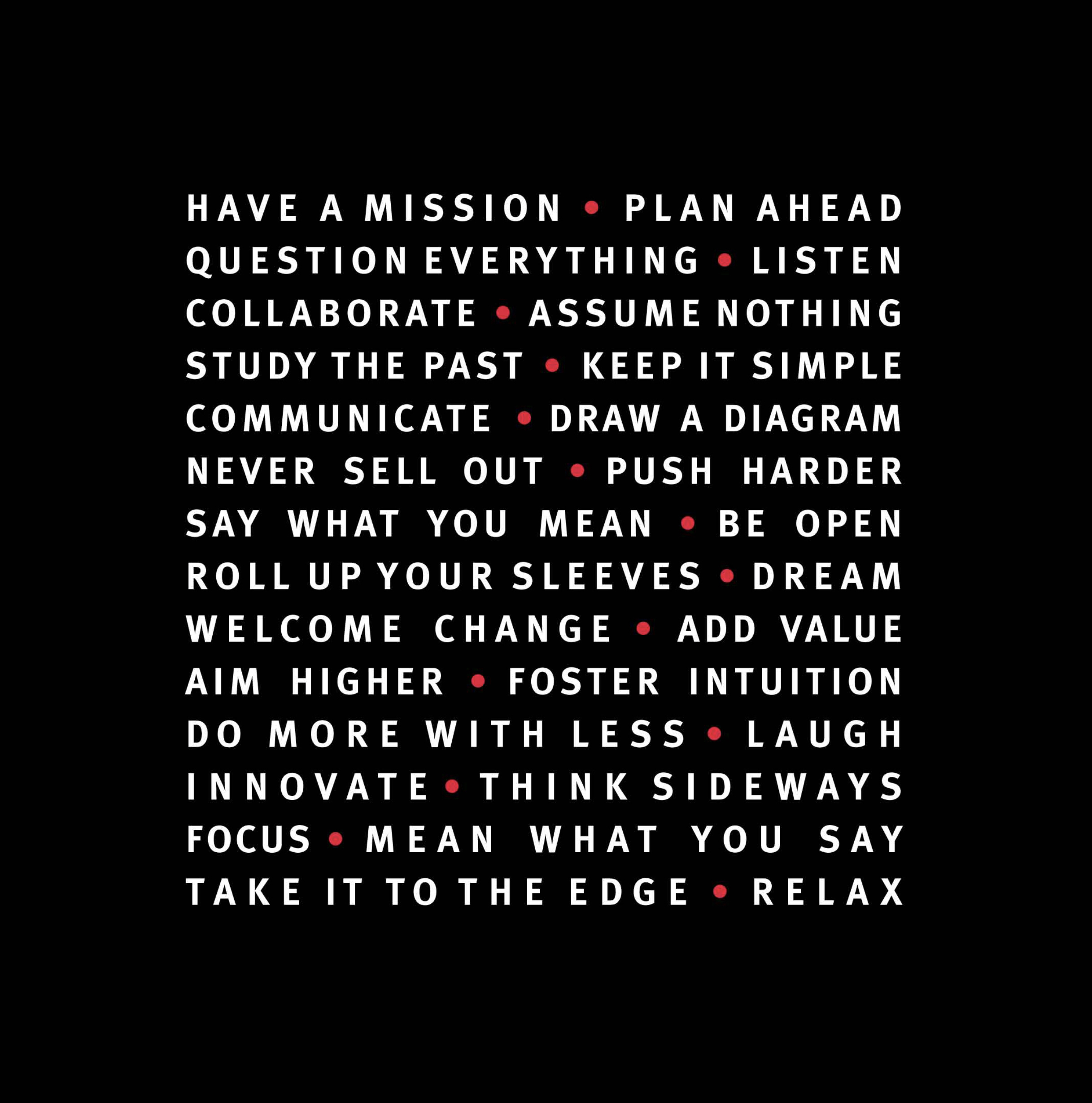

Robert was born on May 26, 1954 in Steinbach, Manitoba, Canada to devout Mennonite missionary parents, the middle of three sons to survive infancy. His pacifist father, John Jacob Peters, was born in post-revolutionary Russia in 1920 (during the Russian Civil War in what is now Ukraine), narrowly escaping in 1926, as a refugee émigré along with his nuclear family. During the Second World War, John served Canada as a voluntary conscientious objector. Robert’s mother, Amanda Marie Peters, (nee Reimer — a direct descendent of the conservative intellectual Klaas Reimer) was born in Manitoba in 1926 by dint of an earlier Russian Mennonite immigration to the Canadian prairies in 1874.
Robert’s family moved to Europe in 1957, where he grew up as a third culture kid, schooled bilingually in Frankfurt, Germany and Basel, Switzerland. Following a one-year foundation program in art (Basel), he graduated from Black Forest Academy in Lörrach, and then attended a year of religious studies at Capernwray Hall (Carnforth, Lancashire) in the United Kingdom. He subsequently volunteered with Operation Palmbranch, a humanitarian African relief mission based in Bavaria, Germany.
Robert immigrated to Winnipeg, Canada in 1974, where he worked as an artist and freelance illustrator. There he married Beverly Guay Pauls (a Canadian he had met while studying in England — they divorced after 25 years in 1999), and studied graphic design (a two-year diploma from Red River College Polytechnic, and a certificate in Design Management from the University of Manitoba, Faculty of Administrative Studies). In 1976, while still in school, he co-founded the design studio Circle Graphics (which became Circle Design Incorporated, aka CIRCLE).
Under Robert’s direction (as the firm’s principal), Winnipeg-based CIRCLE helped hundreds of clients worldwide conceive effective strategies, implement distinctive corporate identities and brands, and deploy targeted information and communication tools. This work has been widely recognized and cited, has received more than 60 awards and citations for design excellence, and may be found in numerous permanent collections. (Of particular note are more than 30 stamps designed for Canada Post).
Robert first became actively involved with design associations in the late 1970s through his development and co-authorship of the pro forma guide document re: conditions of engagement for designers published by the multidisciplinary Manitoba Chapter of the Association of Canadian Industrial Designers (ACID/M). He served on the executive of ACID/M for several years, and was elected president in 1984.
Beginning in 1982, Robert lived (for 35 years) in Solace House, the ultra-low-energy, passive solar house that he designed and built on a wooded acreage in Eastern Manitoba.
In the late 1980s, Robert was among a handful of Manitoban designers who orchestrated the formation of a provincial chapter of the Society of Graphic Designers of Canada (GDC). He became GDC Manitoba’s founding president (1990 to 1992), assisted in the formation of GDC chapters in Saskatchewan and Victoria, and served on the GDC National council until 1999. In 1998, he compiled the ‘Sample Contract and Standard Terms and Conditions’ for the GDC, a document which became the pro forma agreement for designers across Canada. Since 2003 he has also served on the GDC’s national Ethics Committee.
From 1994 to 1997 Robert served as a member of The Design Sector Steering Committee, Human Resources Development Canada, and contributed to the strategic 1996 document prepared for the committee by Price Waterhouse: ‘Shaping Canada’s Future by Design.’ Robert has been a regular foreign feature contributor to Communication Arts magazine since 1995, and has written in-depth articles on design in Russia, Japan, Brazil, China, Cuba, Australia, New Zealand, Portugal, and Taiwan, as well as reports on design congresses in Portugal, Uruguay, Australia, Korea, and Denmark.
Robert has also been involved in design education for several decades. From 1984 to 1986, Robert taught Creative Communications at Red River College Polytechnic. Between 1988 and 1990 he was a sessional Graphic Design instructor at the School of Art, University of Manitoba; from 1990 to 1993 he was an Assistant Professor and Chair of Graphic Design at the School of Art. Since the early 1990s he has been a frequent guest lecturer on graphic design and visual communication at schools in North America, Asia, and Europe. Between 2004 and 2006, Robert was a regular guest lecturer at the ICIS Centre (International Centre for Creativity, Innovation and Sustainability) in Hornbaek, Denmark.
Following the 1991 Icograda World Design Congress in Montreal (at which he conducted creative workshops), Robert was designated as the GDC’s official delegate and international liaison, representing Canada to the International Council of Graphic Design Associations (Icograda; now ICoD, the International Council of Design), at Icograda General Assemblies in Glasgow, Oporto (Portugal), Punta del Este (Uruguay), and Sydney between 1992 and 1999.
Robert served on the Icograda board from 1999 to 2005 (as President from 2001 to 2003). Significant achievements during his six years on the Icograda board include: helping the NGO to regain a solid financial footing; increasing benefits for its member associations; substantially growing its membership base; creating both global education and design media networks; establishing a credible online presence and information hub; coordinating a sustainable design archive (in partnership with the University of Brighton); co-organizing significant design congresses and conferences worldwide (including Korea, South Africa, the Czech Republic, Turkey, India, China, Brazil, Japan, and Denmark, among others); and securing a permanent secretariat (along with expanded administrative staff) in Montreal.
From 2001 to 2005, Robert also served as official liaison between Icograda and the World Intellectual Property Organization (WIPO) as well as the United Nations Educational, Scientific and Cultural Organization (UNESCO).
From 2002 to 2006 Robert served as editor of the GDC’s ‘Graphic Design Journal.’ He has also written numerous design articles, reviews, and opinion pieces for numerous international publications including HOW, Applied Arts, Print, the AIGA Journal, NOC (Japan), Package & Design (China), and Who’s Who In Graphic Design (Switzerland). During his two-year presidency of Icograda (2001 to 2003), Robert wrote quarterly editorials for the international journal ‘BoardMessage.’
Robert joined the board of the international humanitarian organization Design for the World (DW, headquartered in Barcelona) in 2000 and was appointed as a Vice President in 2002; in 2004 he was named an Honorary Lifetime Member of the Brno Biennale Association (Czech Republic); and he was a member of the founding executive of the International Design Alliance (IDA) from 2003 to 2005. Robert now serves as a member of the Advisory Board of the Design Innovation Institute (Dii), has served as an advisor to Applied Arts magazine, and served as a founding member of the editorial advisory group of ‘Geez’ magazine.
In 2005, Robert authored the book ‘Worldwide Identity: Inspired Design from Forty Countries’ (ISBN 1-59253-187-3) published by Rockport in partnership with Icograda, and compiled/designed at CIRCLE. The book showcases over 300 identities from 40 Icograda member countries around the globe; it has been called “a stimulating source of inspiration, reflection, and learning — an international snapshot of excellence in identity design.”
In 2006, Robert was the recipient of the (University of Hartford) Hartford Art School’s Georgette and Richard Koopman Distinguished Chair in Visual Arts. As a part of this assignment he taught a studio course in the Visual Communication Design Department titled “Cause an Effect” consisting of topical modules relating to globalism and cross-cultural issues. One of the student projects arising from this engagement was the “Migrant Immigrant eXchange 2006” (MIX06) cultural exchange project undertaken along with students of Monash University in Melbourne, Australia with the aim of encouraging contemporary discourse between Indigenous peoples and non-Indigenous designers/collaborators in Australia and the USA (in recognition and respect of both First Nation and Aboriginal culture). Later in 2006, Robert spent four weeks in Melbourne as Designer in Residence at Monash University, with a focus being the preparation and launch of the traveling exhibition “MIX06: One Step Back, Two Steps Forward.” In 2007 and 2008, Robert served as External Moderator to graduating students at the Wanganui School of Design in Wanganui, New Zealand.
In addition to his ongoing work as a design strategist, practitioner, and consultant, Robert was actively involved in design deontology, education, writing, speaking, organization, and professional advocacy throughout his career. In 1998 the Society of Graphic Designers of Canada named him a Fellow in recognition for his work in professional development and international design advancement.
A lifelong conservationist and nature lover, Robert also spent decades as an avid rock climber and mountaineer (a certified Climbing Instructor with the Alpine Club of Canada), marathoner, canoeist, and outdoorsman. In 2018, he co-authored the book ‘Natural Reflections’ (ISBN 9781771602549) with outdoor photographer Mike Grandmaison, published by Rocky Mountain Books.
Robert has traveled extensively (more than 60 countries) and though retired from design practice since 2014, continues to be active globally in professional development and as a consultant and design strategist, mentor, juror, policy advisor, guest lecturer, writer, and activist. He remained passionate about design’s role in making tomorrow’s world a better place — by shaping culture, building respect for diversity, and furthering understanding among people everywhere — and he embraced each day as a humanist and lifelong environmentalist…
Rob passed away May 8, 2023. His life was celebrated by an international gathering of designers hosted by Ico-D on May 25, 2023. Read more >